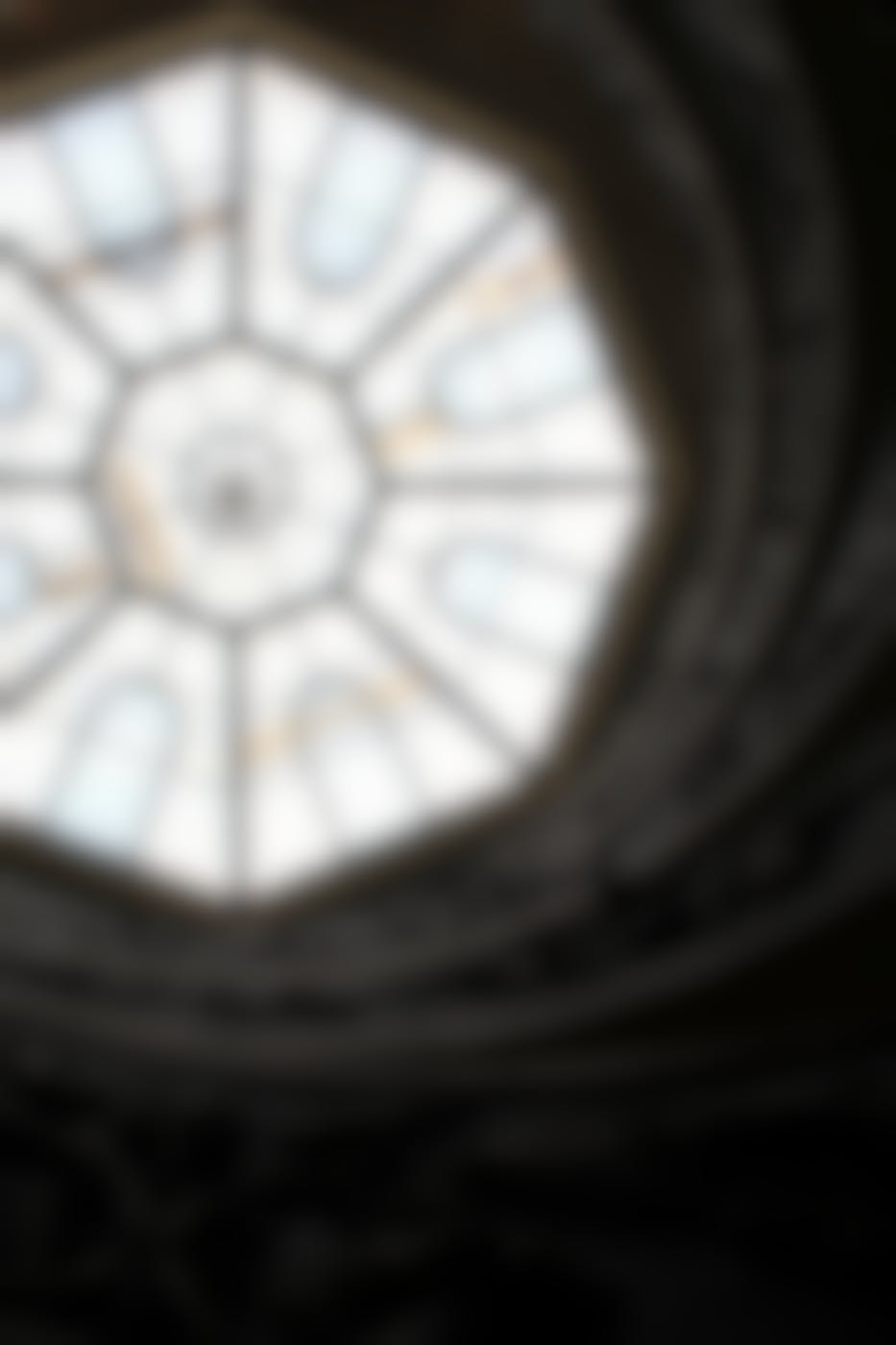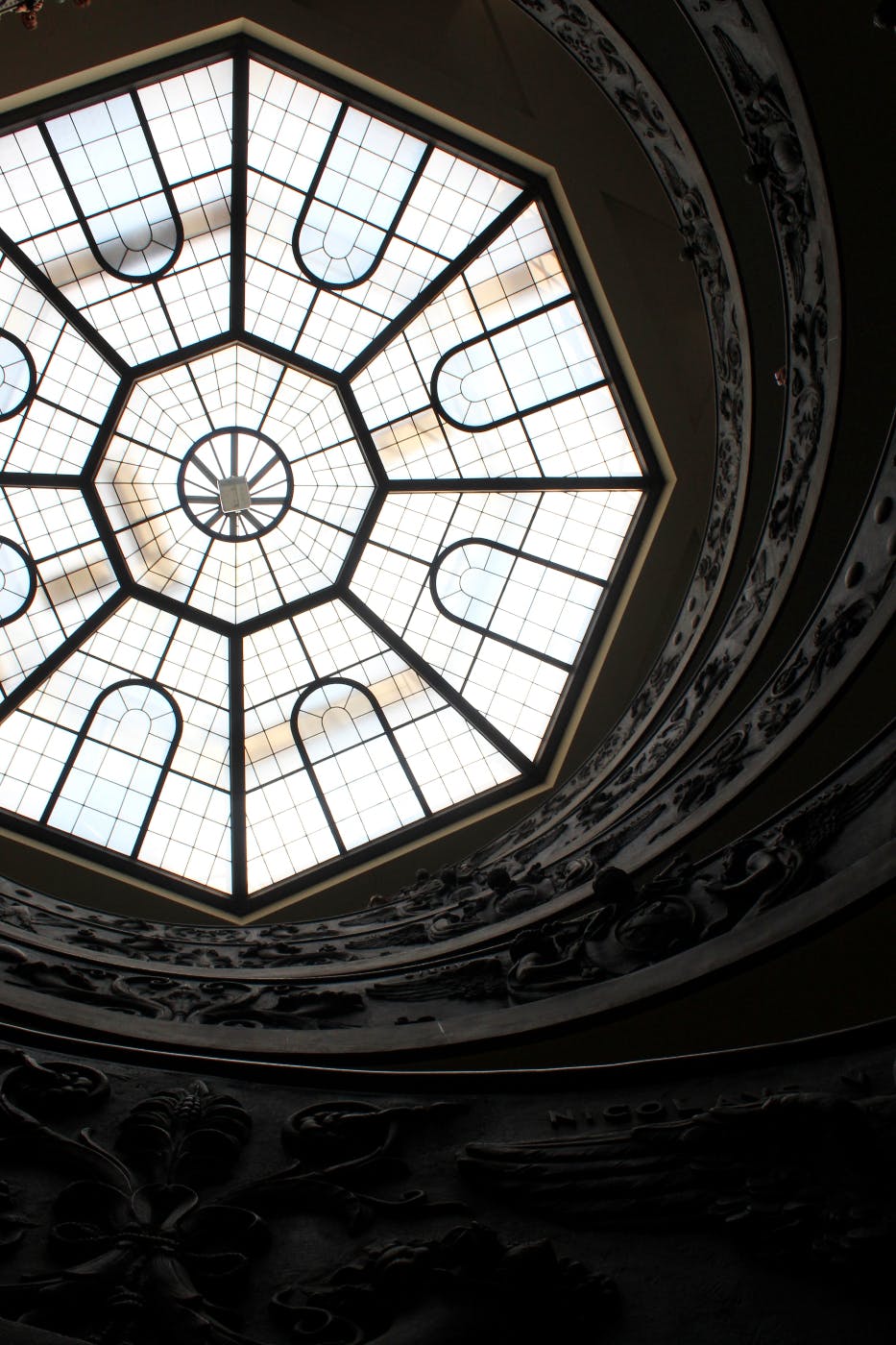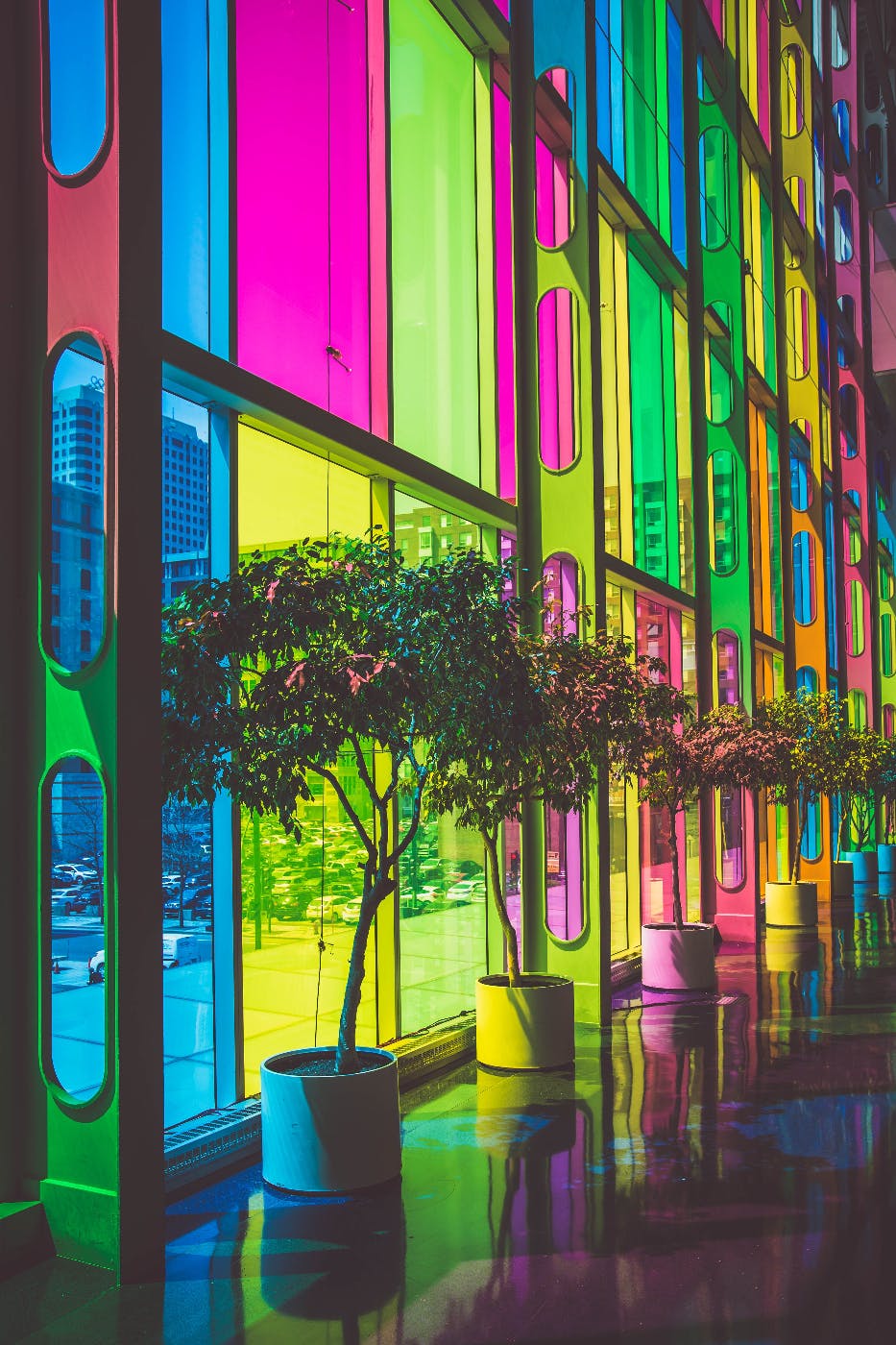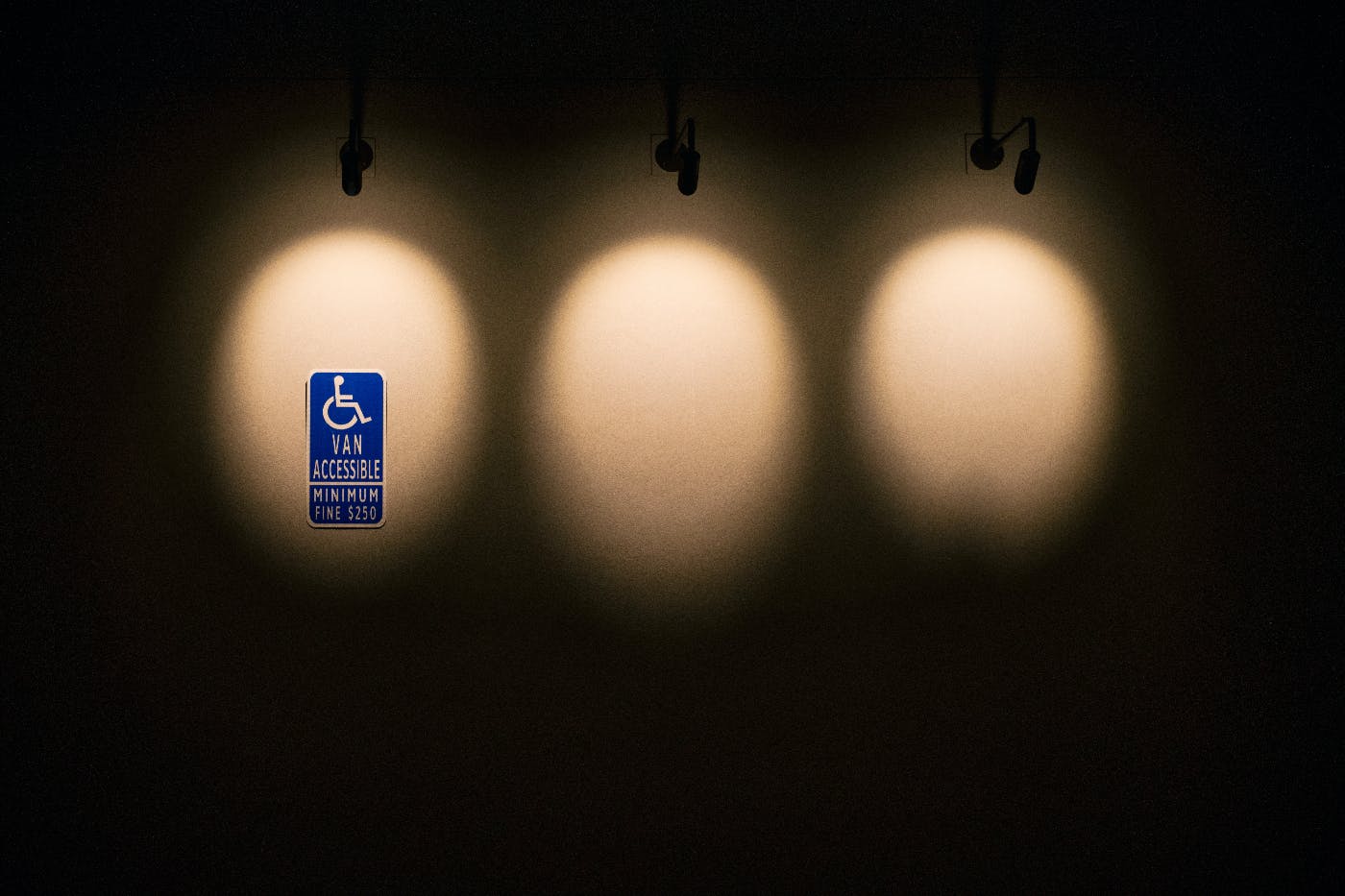

While the ultimate goal of any website is to provide a seamless user experience that effectively conveys the intended message, designers must also strive to make the site aesthetically pleasing and visually engaging.
In the world of web design, there's a constant tug-of-war between form and function. While the ultimate goal of any website is to provide a seamless user experience that effectively conveys the intended message, designers must also strive to make the site aesthetically pleasing and visually engaging. It's a delicate balance, and striking the right design balance is crucial for success.
The Importance of Form and Function
Before diving into the nuances of balancing form and function, it's essential to understand why both elements are crucial to the success of a website. The function of a website refers to its usability, which includes everything from its navigation to its load times. If a site is difficult to use or slow to load, users will quickly become frustrated and abandon it, resulting in lost leads or sales.
Form, on the other hand, refers to a site's visual design. Aesthetics play a significant role in shaping the perception of a brand, and a visually appealing site can help establish a brand's credibility and authority. Moreover, a well-designed website can help differentiate a brand from its competitors and create a memorable user experience.
Balancing Form and Function
Balancing form and function is easier said than done, and it's a challenge that many designers face. Here are some tips for striking the right design balance for your website.
Start with Functionality
When designing a website, it's essential to prioritize functionality over aesthetics. After all, a visually stunning site won't do much good if users can't navigate it or find the information they need. Start by identifying the site's primary goals and determining how users will interact with it. From there, create a site map that outlines the site's structure and make sure that the navigation is intuitive and easy to use.
Keep it Simple
The best-designed sites are often the simplest. Cluttered sites with too much going on can be overwhelming for users and detract from the site's core message. A simple, clean design with plenty of white space can help draw attention to the most critical elements of the site and create a sense of clarity and focus.
Use Color Strategically

Color plays a significant role in web design, but it's essential to use it strategically. Choose a color palette that aligns with your brand's identity and conveys the desired mood or emotion. For example, blue is often associated with trust and reliability, while green is associated with growth and vitality. Use color to draw attention to specific elements of the site, such as calls to action or important information.
Use Images and Graphics Wisely
Images and graphics can help bring a site to life and create a memorable user experience. However, it's essential to use them wisely. Use high-quality images that are relevant to the site's content and use them to break up text and create visual interest. Avoid using too many graphics, which can slow down load times and detract from the site's functionality.
Pay Attention to Typography
Typography may not be the first thing that comes to mind when designing a website, but it plays a crucial role in the site's overall aesthetic. Choose fonts that are easy to read and align with your brand's identity. Use typography to create hierarchy and draw attention to important elements of the site. We will hit this harder in a little bit.
Test and Iterate
Designing a website is an iterative process; testing and refining the site as you go is essential. Conduct user testing to identify pain points and areas for improvement. Make changes based on user feedback and iterate until you've created a functional and visually appealing site.
Typography and the Overall Aesthetic
Typography plays a crucial role in the overall aesthetic of a website. It can make or break the user experience and affect how visitors perceive the site's professionalism, credibility, and readability. Typography refers to the use of typefaces, fonts, spacing, and other design elements to create visually appealing and easily read text. Here are some reasons why typography is so crucial in website design:
First Impressions Matter

When someone visits a website, the first thing they see is the typography. It sets the tone for the rest of the site and creates an initial impression of the brand. If the typography is poorly designed or difficult to read, visitors may assume that the website is unprofessional or not trustworthy. On the other hand, if the typography is well-designed and easy to read, visitors will be more likely to stay on the site and explore further.
Communication and Clarity
Typography is not just about aesthetics, but it is also an essential tool for communication. The right typography can help convey the site's message and enhance its readability. Typography can be used to highlight important information, such as headlines, subheadings, and calls to action. Additionally, using clear and legible fonts can ensure that visitors can easily read the text and understand the information presented.
Branding
Typography is a powerful tool for creating a brand identity. It can be used to establish a consistent look and feel across all of a company's digital and print materials. By using the same typography on a website as in other marketing materials, businesses can create a recognizable brand identity that customers can easily associate with their products and services.
Hierarchy and Emphasis
Typography can also be used to create a hierarchy of information on a website. By using different font sizes, weights, and styles, designers can guide visitors' eyes to the most essential information on a page. For example, headlines can be made larger and bolder than body text to make them stand out. Additionally, designers can use color and other visual elements to create emphasis and draw attention to specific parts of a page.
Accessibility
Typography is also an essential factor in making websites accessible to all visitors, including those with visual impairments. Using clear, easy-to-read fonts and ensuring adequate spacing between lines and paragraphs can make the text more accessible to people with vision problems. Moreover, designers can use alternative text, captions, and other tools to help users with assistive technologies, such as screen readers, access the content on a website.
Typography plays a crucial role in creating a visually appealing and functional website. A well-designed typography can make a website more professional, credible, and accessible to a wide range of visitors. By choosing the right typefaces, font sizes, colors, and spacing, designers can create a website that is both aesthetically pleasing and easy to use. With the increasing importance of digital presence, businesses should not overlook the crucial role of typography in website design.
Summing Up
Balancing form and function can benefit your website and your business when done correctly. A well-designed site can help establish your brand's credibility and authority, differentiate your brand from competitors, and create a positive user experience that encourages visitors to stay longer and engage more with your content or products.
A site that prioritizes function, such as fast load times, intuitive navigation, and mobile responsiveness, can also improve search engine rankings and increase conversions. By finding the right balance between form and function, you can create a website that looks great and delivers real value to your business by attracting and retaining customers.
Not finding your balance? Bring your site to the pros who have decades of experience and understand form, function, and how to get the best from both. Have your website designed by experienced creative giants. Talk to ThoughtLab and get your site balanced.
